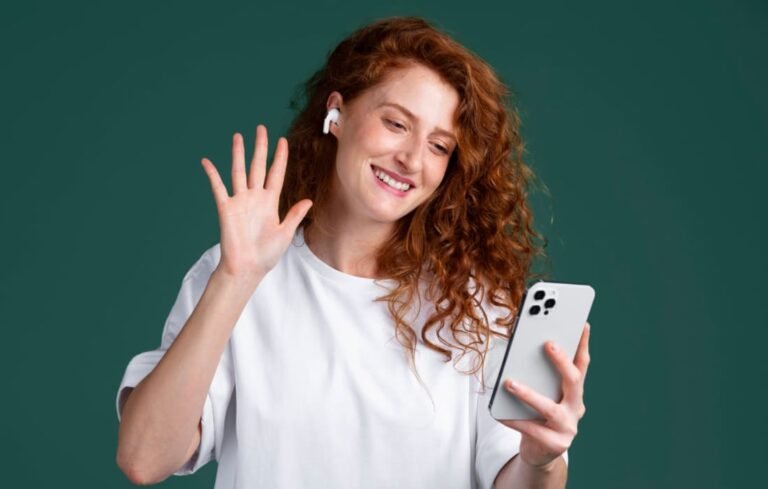The trade conflict between the United States and China has entered a new and highly volatile phase, with both countries dramatically increasing tariffs on each other’s goods, prompting concern from global economists and investors.
Last week, the United States announced a sweeping 145% tariff on Chinese imports, a sharp escalation from earlier rounds. The White House cited “continued intellectual property violations, unfair trade practices, and economic coercion” as the basis for the decision.
In swift retaliation, Beijing imposed its own set of countermeasures, including a 125% tariff on key U.S. exports, notably agricultural products, semiconductor components, and energy supplies.
📉 Market Reaction
Global stock markets responded immediately. The Dow Jones Industrial Average dropped 2.3% on Monday, while the Hang Seng Index fell nearly 3.1%. European and Southeast Asian markets also saw sharp pullbacks, citing fears of prolonged global supply chain disruptions.
💬 Official Responses
U.S. Trade Representative Jennifer Carlisle defended the move, stating, “We are committed to a fair trade environment. The Chinese government continues to engage in practices that undercut American industries and workers.”
China’s Ministry of Commerce responded via state media, calling the U.S. actions “a blatant violation of WTO principles” and warning of “long-term consequences” if the talks do not resume soon.
🚫 Industry Impact
Among the hardest-hit sectors:
-
Aviation: China has suspended all new Boeing aircraft deliveries, a significant blow to the U.S. aerospace sector.
-
Tech: U.S.-based chipmakers and device manufacturers are bracing for delays as tariffs on components rise.
-
Agriculture: American farmers face plummeting demand in what was once a $ 20 billion-plus annual export market to China.
🧭 What’s Next?
Economists warn that the escalating tariff battle could trigger a second global supply shock, reminiscent of the early years of the pandemic, only this time rooted in economic nationalism.
Analysts from Goldman Sachs project a 0.8% dip in U.S. GDP growth for Q2 if tariffs remain in place through summer. China’s domestic production index has also shown early signs of contraction.
There are currently no formal talks scheduled between the two nations, although diplomatic sources suggest backchannel negotiations may be quietly underway.
In Summary:
The 2025 U.S.–China tariff war is no longer a skirmish; it’s a full-scale economic confrontation, with ripple effects hitting everything from shipping costs to stock portfolios. While neither side has blinked yet, pressure is mounting from global markets and domestic industries on both governments to step back from the brink.









